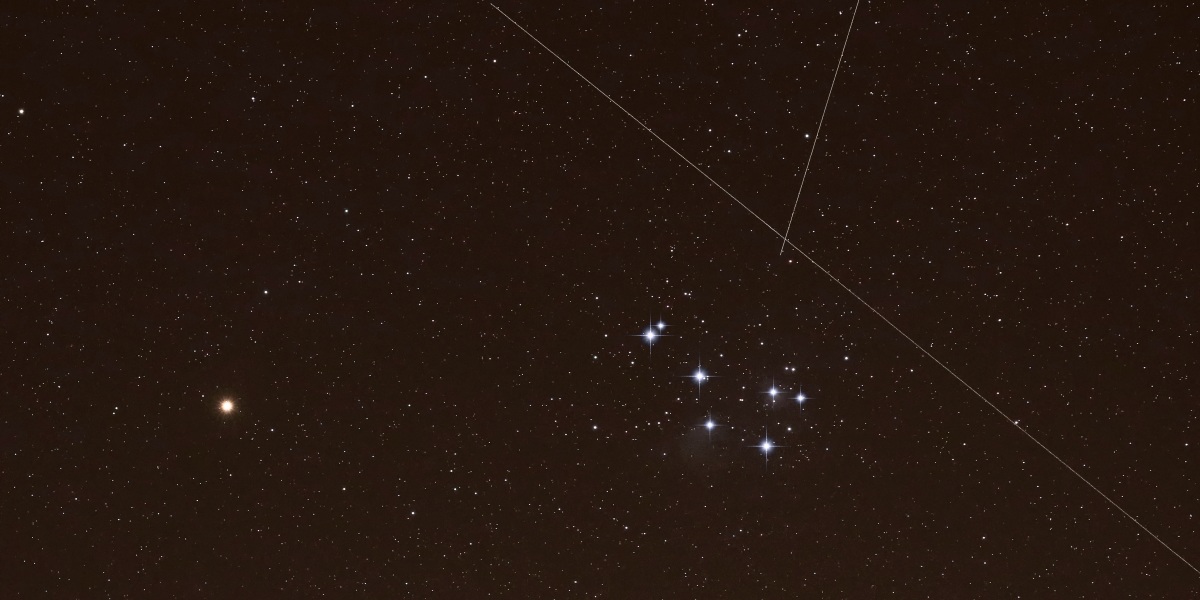
In turn, that could slightly affect the rollout speed of Starlink: the company would need to fly fewer satellites per launch so that each would have enough fuel to reach higher altitudes. It also means any satellites that malfunction will take longer to reenter Earth’s atmosphere, diminishing what SpaceX had touted as a benefit of launching to lower altitudes: this was supposed to minimize space debris because failed satellites would fall back to Earth more quickly. “It’s a trade-off,” says Hugh Lewis, a satellite expert from the University of Southampton. At 200 kilometers, a dead satellite will stay in orbit for “days at most,” says Lewis, but that period rises to several weeks at 300 kilometers and above.
Managing these mega-constellations could be a problem too. While we have experienced solar maximum with satellites in orbit before, the number orbiting now is unprecedented. By 2025, there could be more than 10,000, not only from SpaceX but from other ventures such as Amazon’s Project Kuiper and the UK’s OneWeb. Future storms could frequently push and pull these satellites, changing their positions and putting them at risk of colliding.
“We’re talking about kilometers in terms of altitude being changed,” says Lewis. “The more satellites that go into orbit, our ability to manage that complexity is going to be limited. At some point, we’re going to see something more severe happening than just 40 satellites reentering.”
Amazon said its constellation, and the design of the satellites themselves, had been designed to cope with this increased solar activity but did not provide specific details. SpaceX and OneWeb did not respond to a request for comment.
This latest event highlights how carefully all mega-constellation operators will need to plan for the effects of solar activity, since any collisions could add thousands more pieces of space debris that could affect our ability to use Earth’s orbit safely. “I have to believe they’ve factored it into their plans,” says McDowell. “Maybe they missed this particular issue, but they have to have run their models, one hopes.”
What is certain is that we are heading into uncharted waters. “This region [of orbit] we’re talking about is so valuable and important,” says Lewis. “Everybody needs to do a much better job of using foresight to anticipate these issues.”





Recent Comments